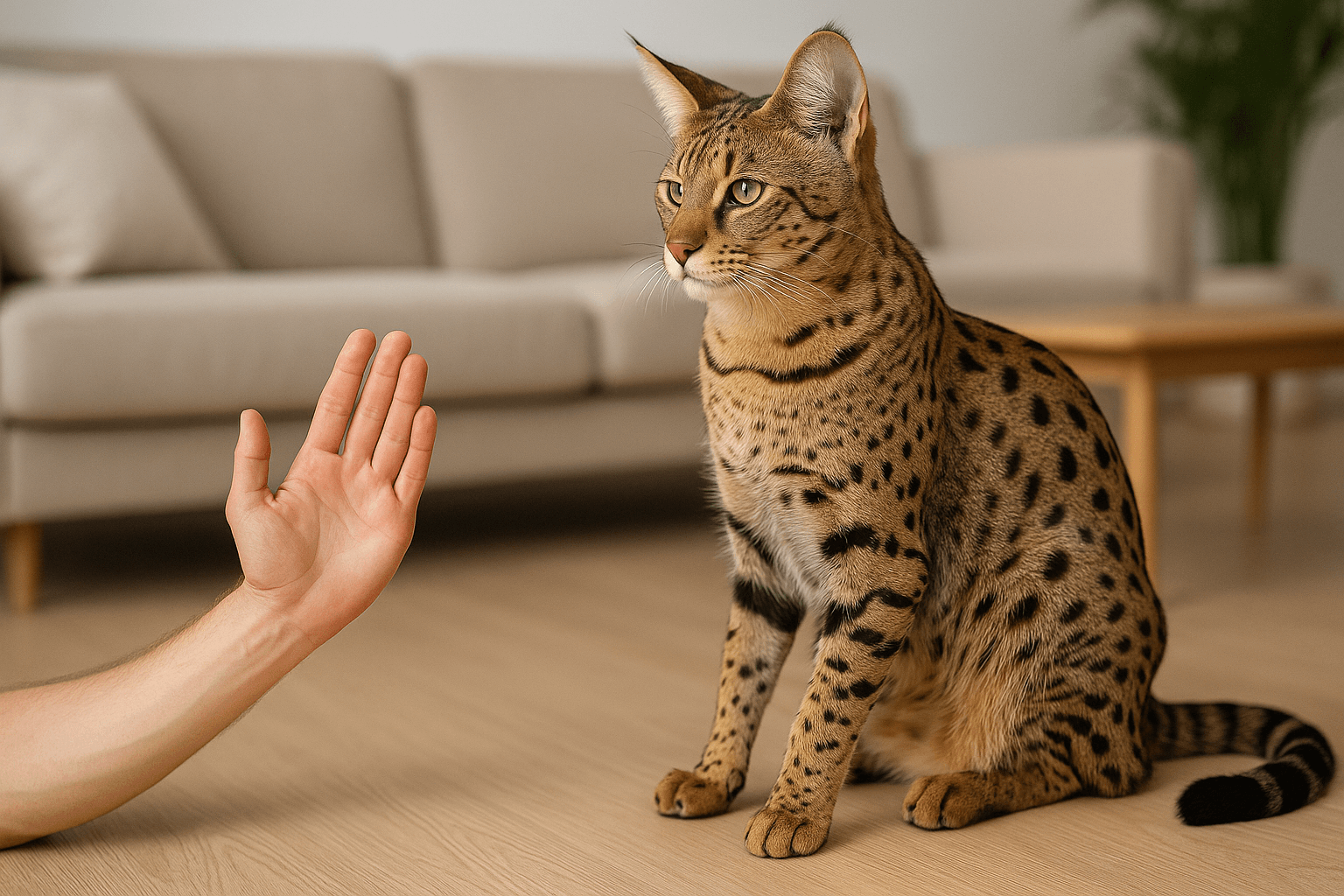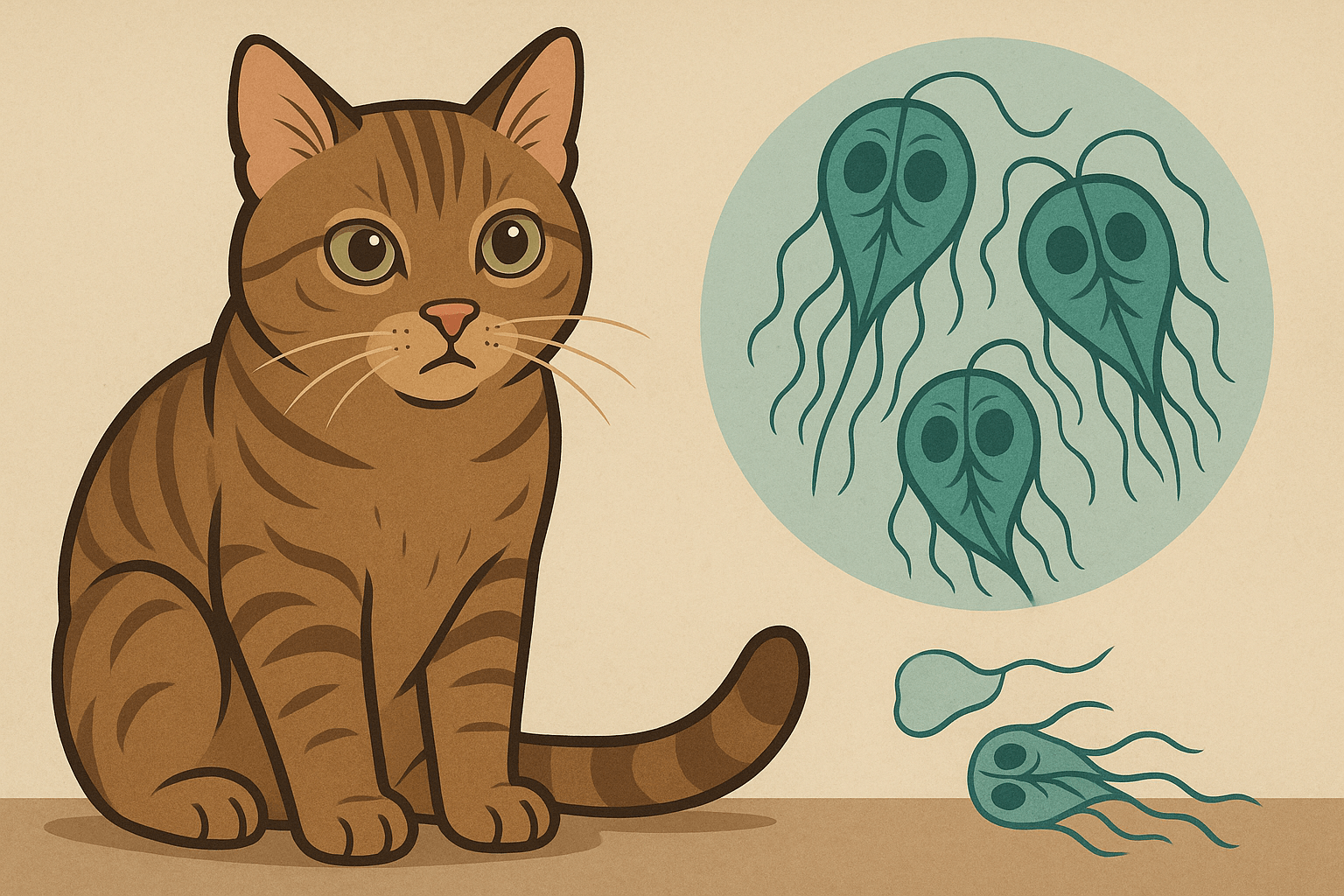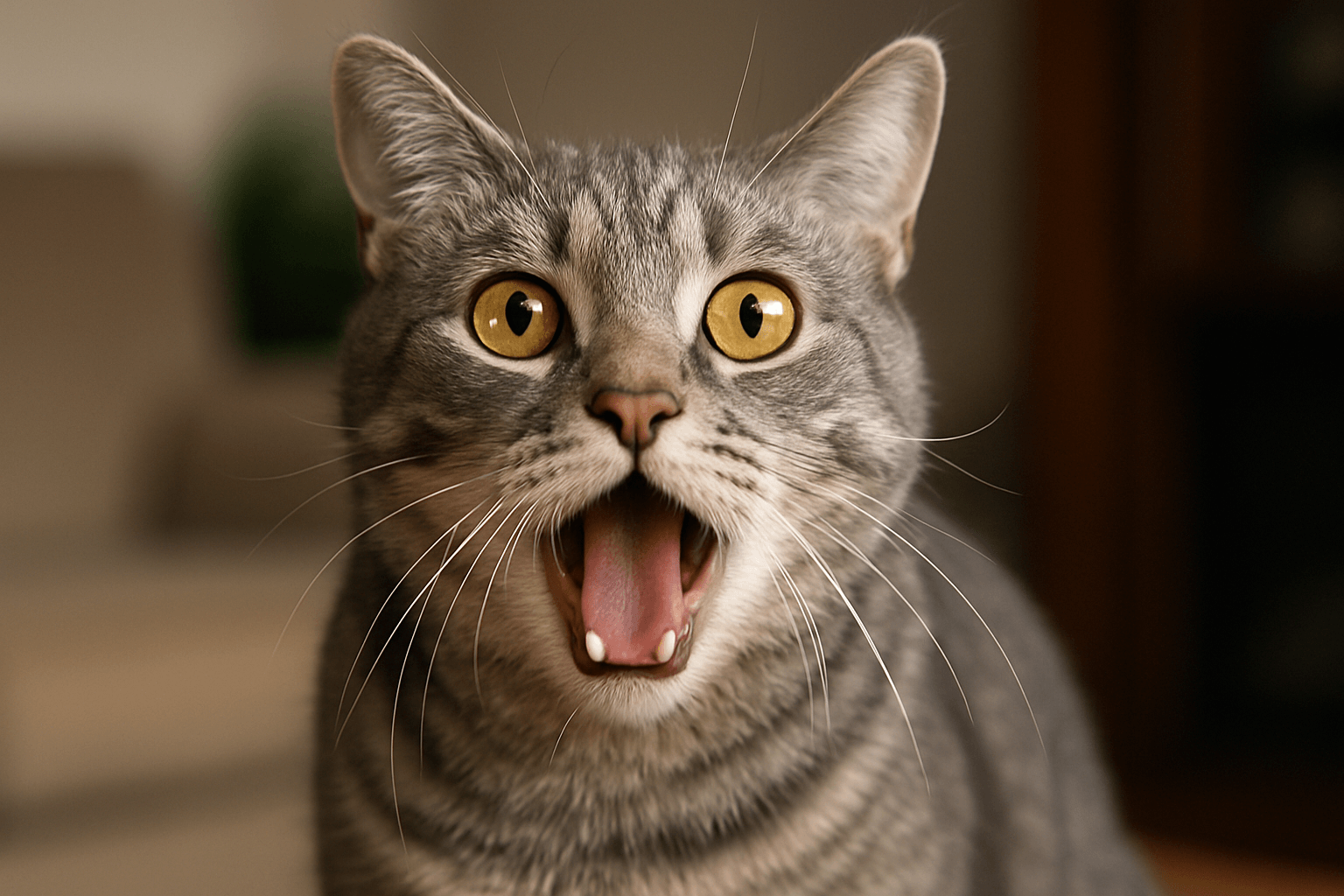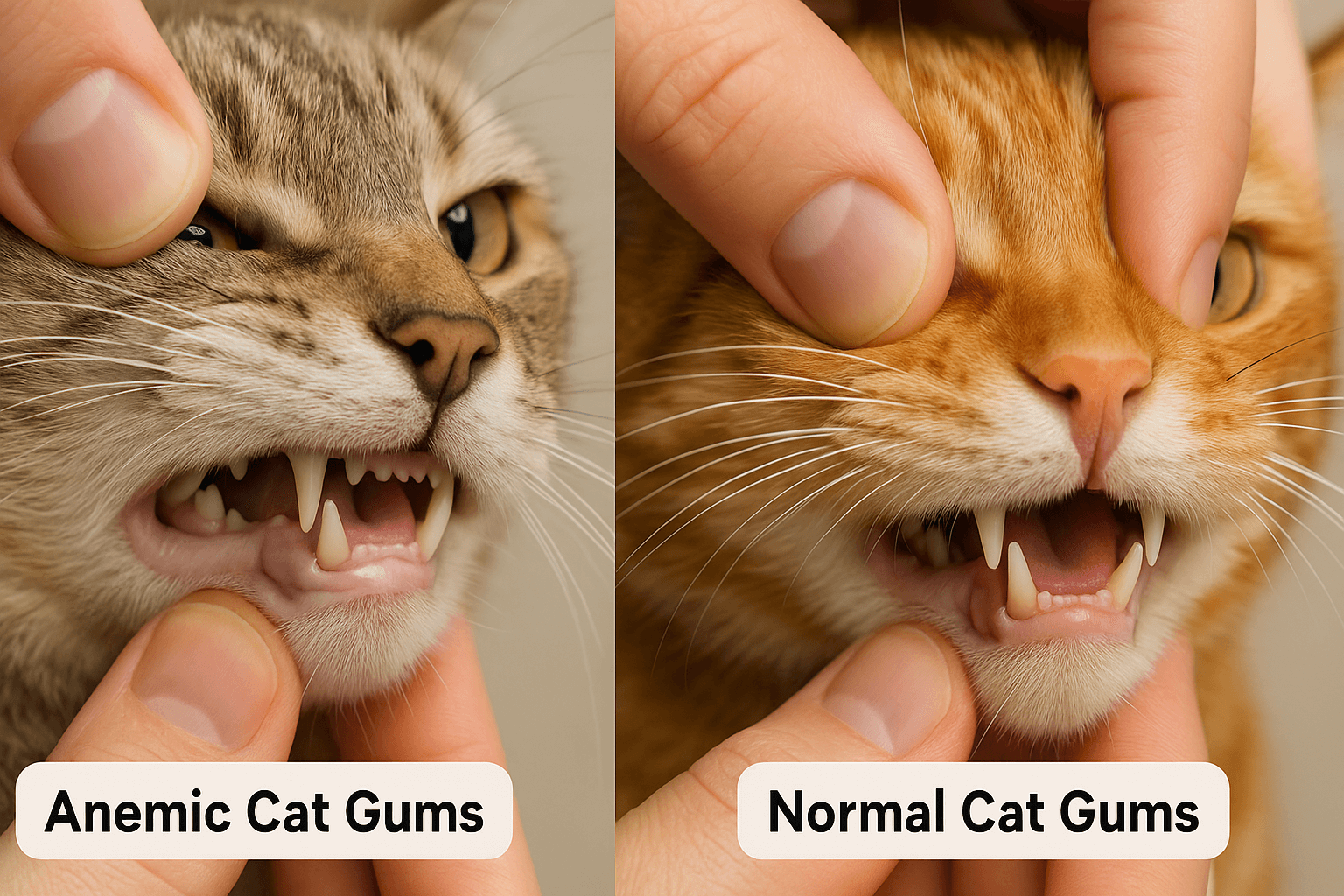Savannah Cat Size: What You Need to Know
The Savannah cat is a striking breed known for its wild appearance, sleek coat, and impressive size. As a hybrid between a domestic cat and a serval (a wild African feline), the Savannah cat stands out not only for its exotic looks but also for its larger-than-average build. Many potential owners are curious about the Savannah cat’s size, as it plays a significant role in understanding their care requirements, living space needs, and overall compatibility with different households. In this blog post, we’ll explore everything you need to know about the Savannah cat’s size, from height and weight to factors influencing their growth and how to accommodate their unique proportions.
Understanding the Savannah Cat’s Size by Generation
The size of a Savannah cat can vary significantly depending on its generation, which refers to how many generations removed it is from its serval ancestor. Each generation has distinct traits that influence its size and overall appearance.
F1 Generation:
F1 Savannah cats are the largest, often weighing between 15-30 pounds and standing up to 18 inches tall at the shoulder. They retain many physical characteristics of the serval.F2 Generation:
Slightly smaller than F1s, F2 Savannah cats typically weigh between 12-20 pounds. They still exhibit a lean, athletic build but may have more domestic traits.F3 and Beyond:
By the F3 generation, Savannah cats are closer in size to domestic cats, usually weighing 10-18 pounds. Their wild features become less pronounced but remain visually striking.Stature vs. Weight:
While weight varies, all Savannah cats are known for their tall, slender frames and long legs, making them appear larger than most domestic breeds.Size Predictions:
Breeders often provide estimates based on lineage, but individual genetics and diet also play a role in determining final size.
Understanding these generational differences helps prospective owners set realistic expectations and prepare for the specific needs of their Savannah cat.
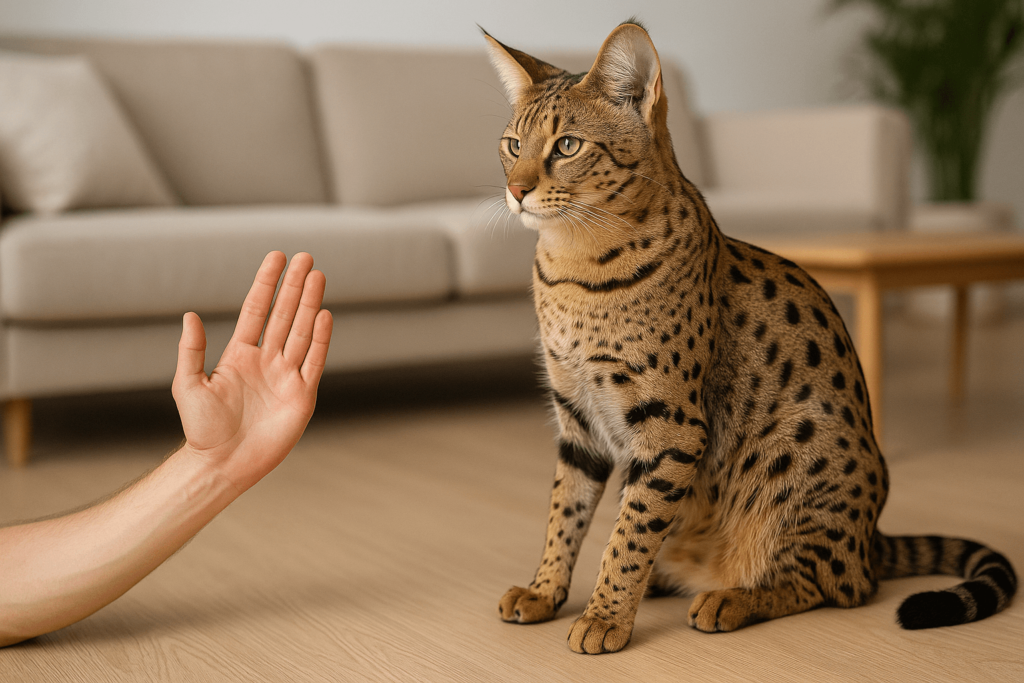
Factors That Influence Savannah Cat Size
Several key factors contribute to a Savannah cat’s size, ranging from genetics to environmental influences. Knowing what affects their growth can help you better understand your feline companion’s development.
Genetic Lineage:
The percentage of serval DNA directly impacts a Savannah cat’s size, with higher percentages resulting in larger cats.Nutrition During Growth:
A balanced diet rich in protein supports healthy muscle and bone development, contributing to optimal size potential.Exercise and Activity Levels:
Savannah cats are highly active and require ample opportunities to run, jump, and climb, which promotes strong physical development.Age of Maturity:
Unlike most domestic cats, Savannah cats take longer to reach full size, typically maturing between 2-3 years of age.Health and Wellness:
Regular veterinary check-ups ensure underlying health issues don’t hinder growth or lead to stunted development.
By addressing these factors, you can help your Savannah cat grow into a healthy, well-proportioned adult.
Check this guide 👉Bengal Cat Size: Best 7 Expert Tips!
Check this guide 👉Manx Cat Size: Best 7 Expert Tips!
Check this guide 👉Turkish Angora Cat Size: Best 7 Expert Tips!
Savannah Cat Generations | Average Size and Traits |
|---|---|
F1 | Largest, 15-30 lbs, tallest stature, wild look |
F2 | Medium-large, 12-20 lbs, mix of wild/domestic |
F3 | Smaller, 10-18 lbs, more domesticated traits |
F4+ | Similar to F3, slightly smaller, adaptable |
Domestic Cats | Typically 8-12 lbs, shorter stature, compact |
Living Space Requirements for a Savannah Cat
Due to their impressive size and energetic nature, Savannah cats require adequate living space to thrive. Proper planning ensures they feel comfortable and engaged in their environment.
Indoor-Outdoor Balance:
While Savannah cats enjoy outdoor exploration, secure enclosures or supervised time outside prevent escapes and dangers.Vertical Space Needs:
Tall cat trees and shelves allow Savannah cats to climb and perch, satisfying their instinctual love for heights.Room for Movement:
Large, open spaces within the home enable them to run and play freely, reducing stress and boredom.Safe Zones:
Provide cozy hiding spots or enclosed beds where they can retreat when feeling overwhelmed.Interactive Toys:
Stimulating toys and puzzles keep them mentally sharp and physically active, complementing their spacious lifestyle.
Designing a suitable living space ensures your Savannah cat remains happy, healthy, and well-adjusted despite their large size.
How to Care for a Large Savannah Cat
Caring for a Savannah cat involves adapting to their unique size and personality. With proper attention to their needs, you can provide an enriching life for your extraordinary pet.
Dietary Needs:
Feed high-quality, protein-rich food formulated for active breeds to support their energy levels and muscular frame.Grooming Routine:
Despite their short coats, regular brushing minimizes shedding and maintains their sleek appearance.Veterinary Visits:
Find a vet experienced with exotic or hybrid breeds to address any specialized healthcare concerns.Socialization:
Early socialization prevents behavioral issues, helping them adapt to family members and other pets.Training and Enrichment:
Teach commands and provide interactive activities to channel their intelligence and curiosity constructively.
With thoughtful care, your Savannah cat will flourish as a cherished member of your household.
Common Misconceptions About Savannah Cat Size
Despite their popularity, several misconceptions surround the Savannah cat’s size. Clarifying these myths helps potential owners make informed decisions about this fascinating breed.
All Savannah Cats Are Huge:
While some, like F1s, are exceptionally large, later generations are closer in size to domestic cats.Bigger Is Always Better:
Size doesn’t determine temperament; focus on finding a cat whose personality matches your lifestyle.They Can’t Live in Apartments:
With vertical space and enrichment, smaller Savannah cats can adapt to apartment living.Weight Equals Healthiness:
A heavier cat isn’t necessarily healthier—lean bodies are characteristic of the breed’s athleticism.Size Guarantees Wild Behavior:
Temperament depends on socialization and training, not just physical dimensions.
Separating fact from fiction ensures realistic expectations when considering a Savannah cat.
Tips for Managing a Large Savannah Cat Indoors
Living with a large Savannah cat requires creativity and preparation to accommodate their size and energy. These tips will help you create a harmonious indoor environment.
Choose Durable Furniture:
Opt for sturdy furniture that can withstand climbing and scratching without tipping over.Secure Hazardous Areas:
Block off unsafe zones, such as fragile decor or high ledges, to prevent accidents.Provide Climbing Structures:
Invest in robust cat trees or wall-mounted shelves designed for heavy use.Rotate Toys Regularly:
Keep them entertained with a variety of engaging toys to burn off excess energy.Monitor Food Portions:
Overfeeding can lead to obesity, even in active breeds; measure portions carefully.
With thoughtful adjustments, your home can become a safe haven for your Savannah cat’s adventures.
Choosing the Right Savannah Cat for Your Lifestyle
Not every Savannah cat suits every household. Consider these factors to find the perfect match for your living situation and preferences.
Space Availability:
Larger Savannah cats need more room to roam, while smaller generations suit compact spaces.Activity Level:
Match your energy level and ability to engage with their playful, high-energy nature.Budget Constraints:
Earlier generations like F1s are pricier due to their rarity and size; later generations are more affordable.Experience Level:
First-time owners may prefer calmer, more domesticated generations like F4s or F5s.Family Dynamics:
Evaluate whether children, seniors, or other pets align with a Savannah cat’s bold and curious personality.
Selecting the right Savannah cat ensures a rewarding relationship tailored to your unique circumstances.
Frequently Asked Questions About Savannah Cat Size
How big do Savannah cats get?
Savannah cats range from 10-30 pounds, with F1s being the largest and later generations closer in size to domestic cats.
Are Savannah cats good indoor pets?
Yes, with sufficient space and enrichment, Savannah cats can thrive indoors. Secure enclosures or supervised outdoor access are recommended.
Do Savannah cats require special food?
While not mandatory, a high-protein diet supports their active lifestyle and muscular build.
When do Savannah cats stop growing?
Most Savannah cats reach full size between 2-3 years of age, compared to domestic cats that mature around one year.
Can Savannah cats live with other pets?
With proper introductions and supervision, Savannah cats can coexist peacefully with compatible animals.
Embracing the Majesty of the Savannah Cat
The Savannah cat’s remarkable size sets it apart from other breeds, offering a glimpse into the beauty of wild felines combined with the charm of domestic companionship. Understanding their size-related needs—from generational variations to living space requirements—ensures you’re prepared to welcome this extraordinary creature into your home. Whether you’re captivated by their towering height, athletic prowess, or regal demeanor, the Savannah cat promises a lifetime of wonder and joy. By providing the care and attention they deserve, you’ll forge a bond as unique and unforgettable as the breed itself.
Giardia in Cats: Best 7 Expert Tips! Discover expert advice on identifying, treating, and preventing giardia in cats to ensure your feline stays happy and healthy.
Cat Hyperventilating: Best 7 Expert Tips! Discover signs, causes, and solutions for cat hyperventilation. Learn how to calm your cat and when to seek veterinary care for their breathing issues.
Anemic Cat Gums vs Normal: Best 7 Expert Tips! Learn to spot signs of anemia in cats, understand gum health, and ensure your feline stays happy and healthy with expert advice.
Himalayan Cat Size: Best 7 Expert Tips! Discover expert advice on Himalayan cat size, growth factors, care tips, and how to ensure your feline stays healthy and happy.

